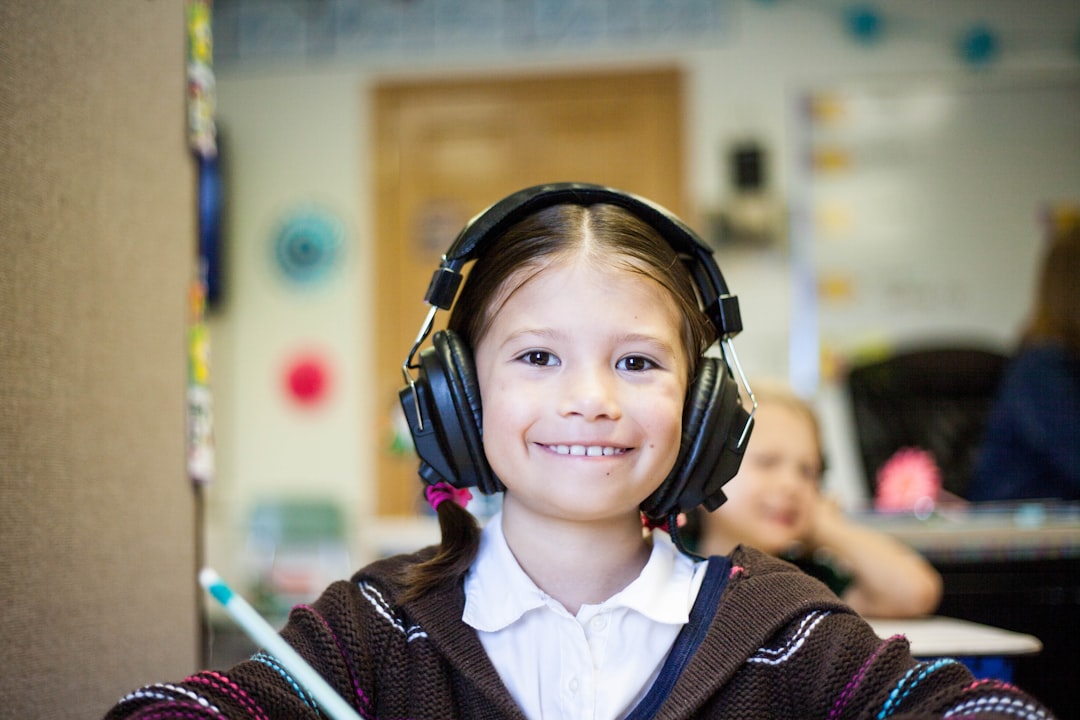What is it about?
In this systematic review we found that the use of non-neuroimaging has increased in the last years for the diagnosis and prognosis of Alzheimer's Disease. The most used databases that include Alzheimer's Disease subjects has been indicated. Convolutional Neural Networks paired with neuroimaging techniques (Ex.: MRI and PET), the state-of-the-art, have superb performance for the diagnosis of Alzheimer's Disease, the most common type of dementia. However, using non-neuroimaging ones (Ex.: speech, gait, neuropsychological tests, genes, blood...) yields similar performance and, in most cases, does not need expensive, stationary or complex equipment.
Featured Image

Photo by BUDDHI Kumar SHRESTHA on Unsplash
Why is it important?
Unlike neuroimaging techniques, most non-neuroimaging ones can be used outside clinical settings and for a fraction of the cost. Considering their similar performance, both characteristics make non-neuroimaging useful for the study of Alzheimer's Disease, especially over time.
Perspectives
There are important differences between the approaches based on neuroimaging data to those that used non-neuroimaging data.
Eng. Ylermi Cabrera
Universidad de Las Palmas de Gran Canaria
Read the Original
This page is a summary of: Neural Computation-Based Methods for the Early Diagnosis and Prognosis of Alzheimer’s Disease Not Using Neuroimaging Biomarkers: A Systematic Review, Journal of Alzheimer s Disease, March 2024, IOS Press,
DOI: 10.3233/jad-231271.
You can read the full text:
Contributors
The following have contributed to this page










